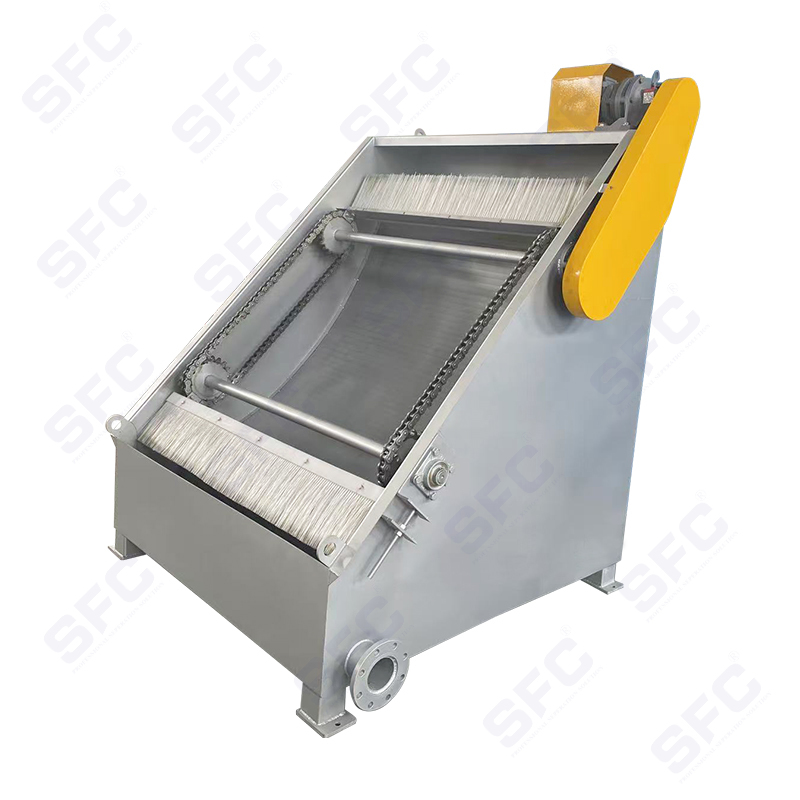Sludge Drying Machine: Key Applications Across Various Industries
In wastewater treatment and industrial processes, sludge management is a critical challenge. Sludge, a by-product of treating wastewater, often contains a large amount of water, making it difficult and costly to handle, transport, and dispose of. One of the most effective ways to deal with sludge is through sludge drying machines, which reduce moisture content and transform the sludge into a more manageable, solid form. This not only makes disposal easier but also allows for the potential reuse or recycling of the dried sludge. Sludge drying machines have widespread applications across various industries, each benefiting from the ability to minimize waste volume and improve environmental sustainability.
Industries such as food processing, paper manufacturing, textiles, and chemical production generate significant amounts of wastewater and sludge. Sludge drying machines help these industries reduce the volume of waste they produce, minimize disposal costs, and comply with environmental regulations. For example, in the food industry, where organic waste is prevalent, drying the sludge can yield a useful by-product, such as compost or biofuels. Similarly, in the textile industry, dried sludge can sometimes be reused for energy recovery through incineration.
Mining operations and mineral processing plants often produce large amounts of sludge, which contains fine particles, heavy metals, and other contaminants. Sludge drying machines are used in the mining industry to reduce the volume of sludge generated from activities such as ore processing, water treatment, and wastewater management. Dried sludge from these operations can be safely disposed of, or the water extracted from the sludge can be recycled for reuse in the process, thus contributing to water conservation efforts.
In agriculture, particularly in the processing of animal waste, dairy farms, and slaughterhouses, significant quantities of organic sludge are produced. Sludge drying machines help process this waste, reducing its volume and allowing for the production of dried organic matter that can be used as a soil conditioner or compost. This not only helps to address waste disposal issues but also promotes the reuse of waste materials in agricultural applications, closing the loop in the circular economy.
Dried sludge can be used as a feedstock for energy production, particularly through incineration or biogas generation. Sludge drying machines reduce the moisture content to a level that makes the sludge suitable for burning, producing heat or electricity. In many cases, industrial and municipal facilities use the energy produced from incinerating dried sludge to power their operations, creating a sustainable waste-to-energy system. This approach reduces reliance on external energy sources and contributes to a greener, more efficient operation.

Landfills are one of the primary disposal methods for untreated or partially treated sludge. However, regulations regarding landfill use are becoming stricter, especially in terms of organic waste. Sludge drying machines can significantly reduce the moisture content of sludge, making it easier and more environmentally friendly to transport and store. In some cases, the dried sludge is compacted, further reducing its volume and making it more suitable for disposal in landfills or for other forms of waste processing.
Volume Reduction: Sludge drying machines can reduce the volume of sludge by up to 90%, which significantly reduces the need for storage space, transportation costs, and disposal fees.
Resource Recovery: Dried sludge can be used for various purposes, such as energy production, composting, and soil fertilization, thus contributing to sustainability and waste minimization.
Environmental Compliance: These machines help industries and municipalities comply with strict waste management regulations by reducing the environmental impact of sludge disposal.
Cost Efficiency: By reducing disposal costs, energy consumption, and the need for chemicals, sludge drying machines can lead to long-term savings in waste management operations.
While sludge drying machines offer significant benefits, they are not without challenges. The initial investment cost for purchasing and installing such equipment can be high. Additionally, depending on the drying technology used, energy consumption can be a concern, especially for large-scale operations. Regular maintenance is also crucial to ensure the equipment operates efficiently, avoiding downtime and ensuring consistent performance.
















 English
English Español
Español
